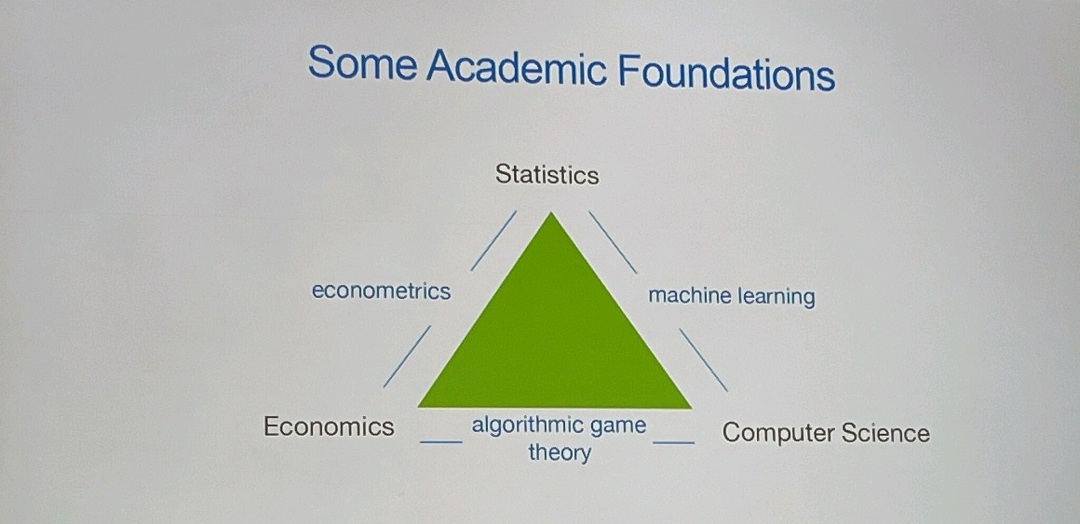Pengenalan Ringkas
OpenADR (Open Automated Demand Response) adalah piawaian protokol komunikasi terbuka yang membolehkan peranti elektrik (seperti penghawa dingin, pemanas air, atau sistem pengurusan bangunan) berkomunikasi secara automatik dengan syarikat utiliti (pembekal elektrik) atau pengendali grid elektrik. Tujuannya adalah untuk menguruskan permintaan tenaga (demand response) dengan lebih cekap tanpa mengganggu keselesaan pengguna.
Bayangkan ia sebagai "bahasa sejagat" yang membolehkan grid pintar bercakap dengan peralatan di rumah, kilang, atau pejabat kita.
Tujuan Utama OpenADR
Tujuan utama OpenADR adalah untuk membantu mengimbangi bekalan dan permintaan elektrik dalam masa nyata, terutamanya apabila:
(a) Terdapat permintaan puncak yang tinggi (contohnya, waktu panas terik ketika semua orang menghidupkan penghawa dingin).
(b) Bekalan daripada sumber boleh diperbaharui (seperti solar dan angin) berubah-ubah (tidak konsisten)
(c) Terdapat risiko gangguan bekalan atau kenaikan harga elektrik yang mendadak.
Dengan OpenADR, utiliti boleh memberikan isyarat untuk mengurangkan sementara penggunaan elektrik di lokasi-lokasi tertentu, bukannya terpaksa menghidupkan loji janakuasa simpanan yang mahal dan mencemar.
Bagaimana Ia Berfungsi?
Aliran kerja OpenADR adalah automatik dan biasanya tidak memerlukan campur tangan manual:
Isyarat Dimulakan oleh Utiliti: Apabila grid elektrik mengalami tekanan, syarikat utiliti atau Pengendali Sistem Pengagihan (Distribution System Operator - DSO) menghantar mesej isyarat melalui internet. Isyarat ini mengandungi maklumat seperti:
Tarikh & masa acara permintaan.
Tahap pengurangan yang dikehendaki (cth: kurangkan 20%).
Jenis acara (cth: harga tinggi, kecemasan).
Tempoh acara.
Penerimaan oleh 'Client': Isyarat ini diterima oleh peranti atau sistem yang dipanggil OpenADR Virtual Top Node (VTN) di pihak utiliti, dan dijawab oleh OpenADR Virtual End Node (VEN) yang dipasang di lokasi pelanggan (cth: di kilang, pusat data, atau pencawang).
Tindakan Automatik: VEN akan menterjemah isyarat tersebut dan mengarahkan sistem pengurusan tenaga di lokasi tersebut untuk melaksanakan strategi pra-tetap, seperti:
Melaraskan suhu penghawa dingin sedikit naik (cth: dari 22°C ke 24°C).
Menunda operasi pemanas air atau mesin pencuci.
Beralih kepada sumber tenaga simpanan (bateri) sementara.
Mengurangkan pencahayaan di kawasan tidak kritikal.
Maklum Balas: Sistem akan menghantar maklum balas kepada utiliti, mengesahkan bahawa tindakan telah dilaksanakan.
Kelebihan OpenADR
Bagi Grid & Utiliti:
(a) Kestabilan grid yang lebih baik.
(b) Mengelakkan kos infrastruktur yang tinggi untuk menampung permintaan puncak.
(c) Integrasi lebih mudah dengan sumber tenaga boleh diperbaharui.
Bagi Pelanggan (Perindustrian, Komersial & Perumahan):
(a) Insentif kewangan atau kadar elektrik yang lebih rendah melalui program demand response.
(b) Pengurangan bil elektrik dengan menggunakan tenaga pada waktu yang optimum.
(c) Menyumbang kepada kelestarian alam sekitar dengan mengurangkan pelepasan karbon.
(d) Operasi automatik – tidak perlu bertindak balas secara manual.
Bagi Pembangunan Teknologi:
(a) Piawaian Terbuka memudahkan penyepaduan antara peranti pengeluar berbeza.
(b) Mendorong inovasi dalam perkhidmatan dan peranti grid pintar.


